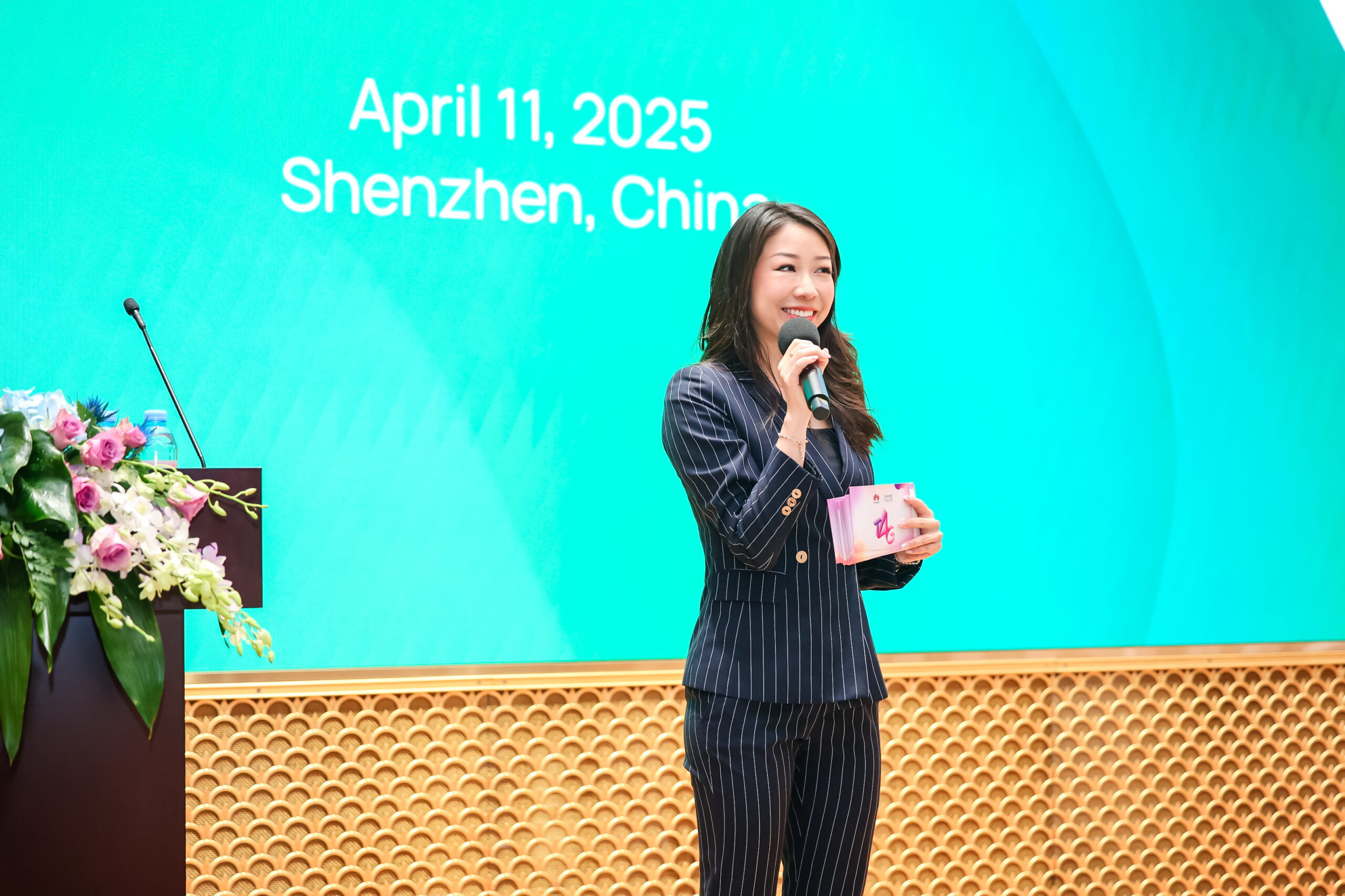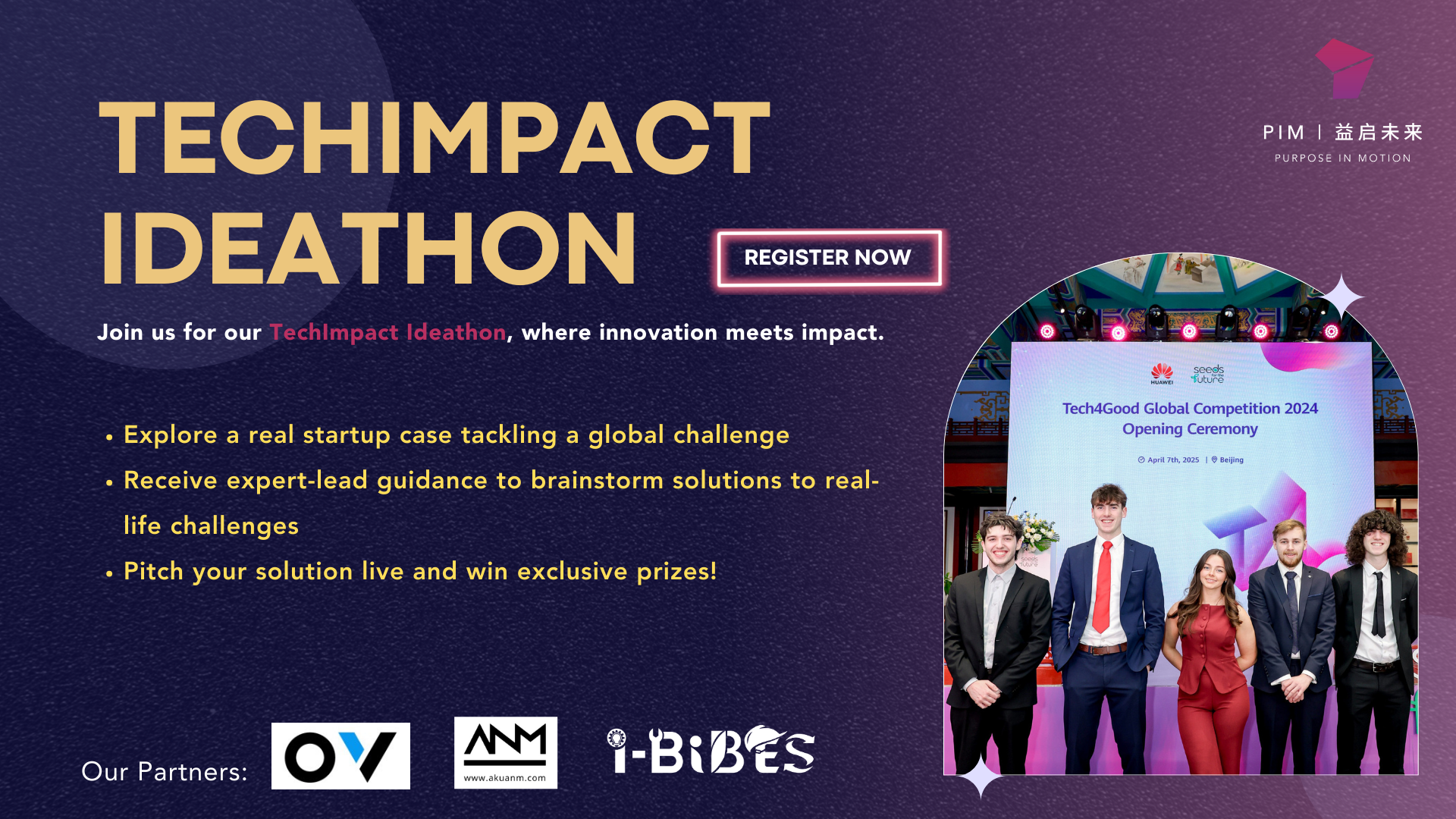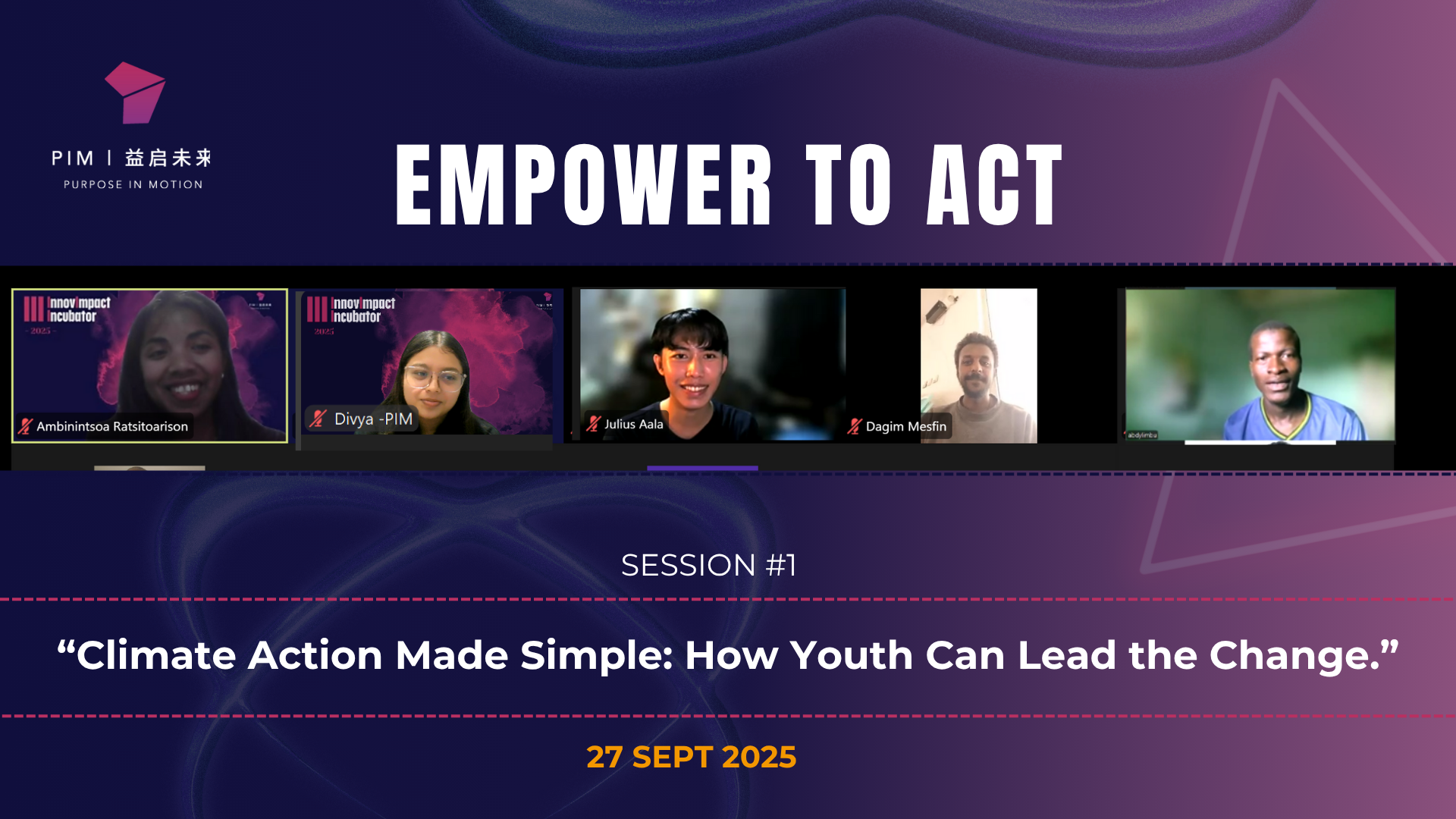Introduction
The 2024 Tech4Good Global Competition marked a historic milestone as the first offline iteration of this prestigious program since its inception in 2021. After four years of nurturing young innovators through virtual platforms, over 80 brilliant minds from across the globe finally came together in person for an unforgettable journey from Beijing to Shenzhen.
This year’s competition brought together the top 12 regional winners selected from six regional camps, representing diverse cultures and backgrounds from Malawi to Vietnam, Kuwait to Guatemala. These young changemakers didn’t just compete—they collaborated, learned, and grew together through immersive workshops, expert-led sessions, and visits to world-class facilities including ByteDance, Huawei, and BYD.
The program’s comprehensive approach included months of preparation through eight monthly workshops covering everything from team building and stakeholder mapping to AI tools and financial planning. Participants also received personalized 1:1 mentorship sessions focused on business model development, prototype creation, and pitch refinement.
The competition culminated in a showcase where teams presented solutions tackling complex social and environmental challenges. EarlyVet from Ethiopia took home the gold with their AI-powered livestock health monitoring platform, while Beyond Limits from UAE earned silver for their smart gloves designed for people with hand motor disabilities. Anaphero from Ireland secured both the bronze medal and People’s Choice Award for their life-saving anaphylaxis detection wearable for children.
We sat down with Melody Su, Program Director of PIM, to dive deeper into what made this year’s competition so special and what lies ahead for Tech4Good.
Q&A with Melody Su, PIM Program Director
This was the first year the Tech4Good Global Competition was held offline since the program’s inception in 2021. What were the most significant changes or innovations you implemented in this year’s global competition compared to previous iterations?
The transition to an offline format was transformative in ways we couldn’t have fully anticipated. Beyond just being able to meet face-to-face, we were able to create immersive cultural and technological experiences that simply weren’t possible virtually. The journey from Beijing to Shenzhen allowed participants to understand China’s innovation ecosystem firsthand through visits to companies like ByteDance, Huawei, and BYD, plus workshops at Tsinghua University.
We also significantly enhanced our mentorship model this year. Our four mentors who guided the global competition all came from different regions—Syria, Italy, Singapore, and China—having been involved in the regional programs. This created a truly global perspective that enriched every interaction.
Can you walk us through what the Tech4Good Global Competition actually is and how students advance to participate?
The Tech4Good Global Competition is the culmination of a nearly year-long journey. Students first participate in regional camps across six different regions worldwide. The top performers from each regional camp—12 in total—earn their spots in the global competition.
But the learning doesn’t stop there. Before arriving for the global competition, students go through extensive preparation including eight monthly workshops covering crucial skills like mission-driven team building, stakeholder mapping, prototyping, AI tools for innovation, business execution, financial planning, storytelling, and fundraising. They also receive three rounds of intensive 1:1 mentorship sessions focused on business model development, prototype creation, and pitch refinement.
The global competition itself includes a full accelerator program with product prototyping, market validation, testing feedback loops, business strategy development, and extensive pitch practice. Additionally, students engage in site visits and cultural experiences to connect their classroom learning experiences to the real world. Each of these touchpoints are learning opportunities for these social changemakers to understand how their ideas can transform into something meaningful and truly impactful for the communities they aim to influence.
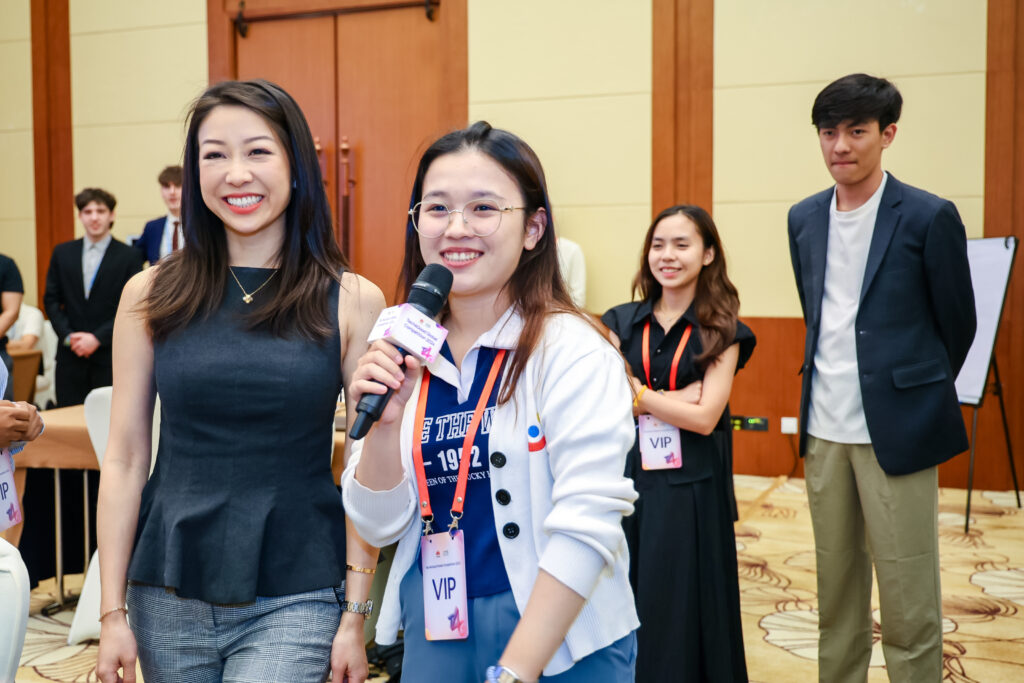
Can you share some specific success stories or breakthrough moments from participants that exemplify the program’s impact this year?
I am so proud to see all the students continue their ideas beyond the regional programs. To see the growth in their ideas and how committed they are to continue through this difficult journey of entrepreneurship. To see their teamwork, communication, and curious inquiries both online and throughout the offline program is what strikes me most.
I particularly enjoyed the gallery walk after the pitches at the global competition, where the teams were able to showcase their ideas and prototypes and engage with the 50 VIP guests who served as judges for the People’s Choice Award. It was amazing to see the students share their work in a more casual, unstructured environment that didn’t include the formal pitches, and for them to demo their prototypes to people who are truly curious about their work.
But beyond the incredible solutions, I was moved by the cultural exchange moments. Students from Argentina shared dried yerba mate leaves in a gourd and bombilla, letting peers in on this traditional drink. Cambodia passed around beautiful handcrafted scarves with the logo of the National Cambodian Heritage Museum, and Morocco distributed magnets of Aït Benhaddou. These weren’t just networking opportunities—they were genuine connections forming across continents and cultures.
How did the geographic distribution and cultural diversity of participants shape the competition dynamics and outcomes this year?
The diversity was our greatest strength.
By having mentors from the Netherlands and Syria, UK and Italy, Singapore, and China who had all been involved in regional programs across Morocco, Uzbekistan, Italy, and China, we could provide culturally relevant guidance while maintaining consistent quality standards.
We also structured our preparation program to be highly modular. The eight monthly workshops and three mentorship sessions allowed us to meet students where they were in their development while ensuring everyone reached a comparable level of readiness for the global competition.
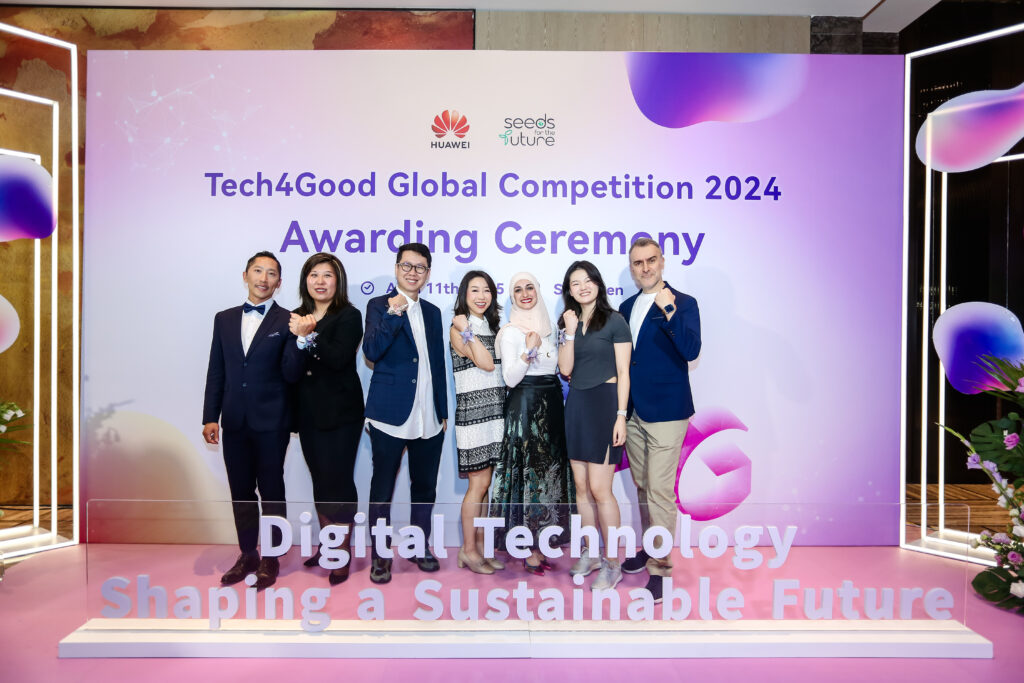
Having participants from Ethiopia, UAE, Ireland, Vietnam, Kuwait, Argentina, Malawi, Cambodia, Morocco, Benelux, South Africa, and Guatemala brought completely different perspectives on what constitutes pressing global challenges and viable solutions. What might seem like a niche problem in one region often resonated with participants from completely different backgrounds.
The cultural exchange enriched every workshop and discussion. Students learned not just from our expert facilitators but from each other’s lived experiences and regional insights. This cross-pollination of ideas led to more innovative and globally applicable solutions.
What trends did you see across the projects from this year’s competition?
We saw some fascinating patterns emerge across the 12 projects. AI and machine learning dominated, appearing in 75% of projects, from computer vision applications in battery recycling to predictive analytics for disease detection. We also saw significant IoT integration, particularly in agricultural and health monitoring applications.
Healthcare innovation was clearly the leading sector, with 42% of projects focusing on everything from telemedicine to rehabilitation technology. What was particularly encouraging was seeing 67% of projects specifically targeting underserved populations—rural healthcare, agricultural communities, and disaster-prone areas.
The SDG alignment was impressive. Most teams addressed multiple UN Sustainable Development Goals simultaneously, with SDG 3 (Good Health and Well-being) being the most common focus, followed by SDG 2 (Zero Hunger) through agricultural technology solutions.
We also observed emerging themes around preventive healthcare, circular economy solutions, and climate technology. The integration of AI tools into our curriculum reflected the rapid pace of technological advancement. We recognized that tomorrow’s social changemakers need to understand how to leverage these tools responsibly and effectively.
What insights did your distinguished panel of judges share about the future of social entrepreneurship?
Our judges—Professor Anabel Ternes, Dr. Elsie Tsui, Brian David Chamberlin, Stephen Kargbo, and Dr. Reema Diab—brought incredible depth of experience. Through the fireside chat, they highlighted the growing importance of scalable solutions that can create sustainable impact in underserved communities.
They emphasized that ethical considerations need to be built into solutions from the ground up, not added as an afterthought. They also discussed how social entrepreneurship is increasingly becoming data-driven and evidence-based, requiring young innovators to think rigorously about measuring and proving their impact.
Based on this year’s experience, what evolution do you envision for next year’s program to better serve the global community?
We’re eager to continue bringing the Tech4Good program to students all around the world. We’re very aware of the fast-paced growth in AI and other technologies, and that’s something we hope to integrate even more deeply into our curriculum. Additionally, we hope to continue bringing incredible talents and industry experts into our network to continue inspiring the next generation of changemakers.
Recognizing how such tech tools can serve as instruments to impact the global community is what we’ll continue to focus on internally while empowering our mentors to guide our students to be the social changemakers of tomorrow. The offline experience proved so valuable that we’re exploring ways to make in-person elements even more central to the program while maintaining our global reach.
The future of Tech4Good is about creating a generation of innovators who understand both cutting-edge technology and genuine human need—and more importantly, how to bridge the gap between them.
The Road Ahead
This year’s Tech4Good Global Competition demonstrated a mature understanding of how emerging technologies can be deployed responsibly to create meaningful social and environmental impact. With particular strengths in healthcare innovation and agricultural sustainability, the 2024 cohort represents a clear shift toward AI-powered solutions addressing real-world problems, healthcare democratization through technology, and inclusive design for underserved communities.
As these young innovators continue their entrepreneurial journeys, they carry with them not just technical skills and business acumen, but the cultural connections and global perspective that will help them build solutions that truly transcend borders and create lasting positive change.
Meet Our Program Director
Melody Su
USA & Taiwan
Program Director, PIM
“The future of Tech4Good is about creating a generation of innovators who understand both cutting-edge technology and genuine human need—and more importantly, how to bridge the gap between them.”
LinkedIn: https://www.linkedin.com/in/melodylsu/
